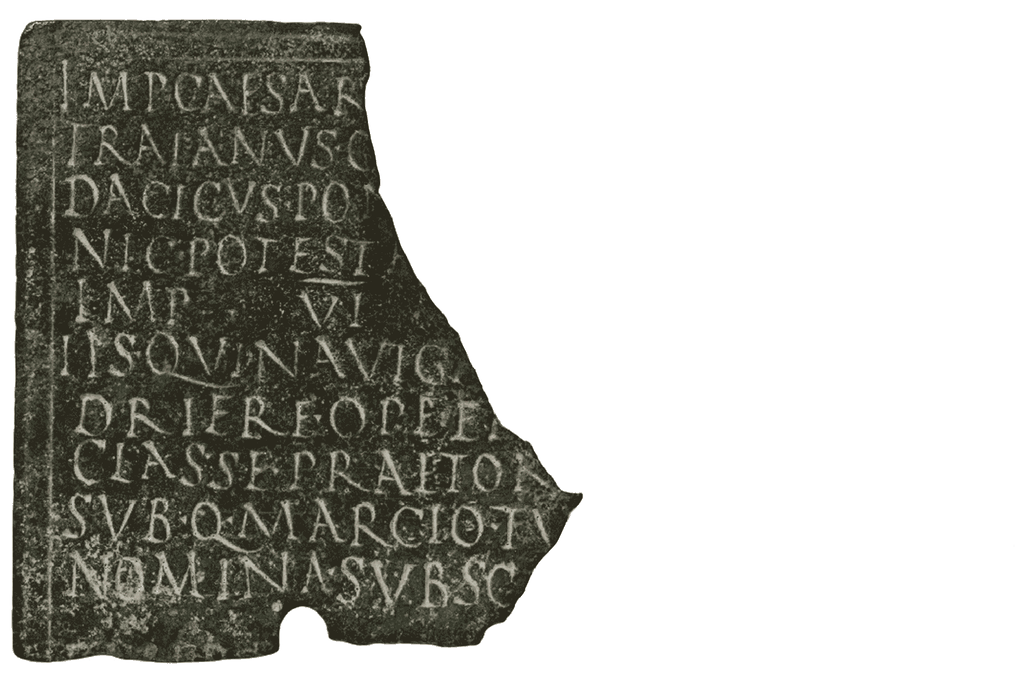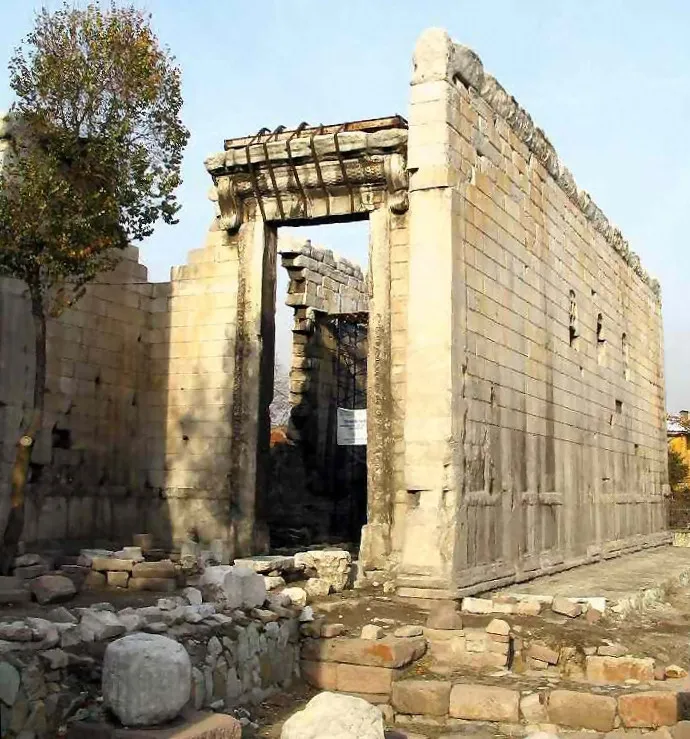Google Just Released an A.I. Tool That Helps Historians Fill in Missing Words in Ancient Roman Inscriptions
Known as Aeneas, the tool was trained on an extensive dataset of Latin epigraphy. Experts hope it will help decipher segments of text that have been lost to history

Artificial intelligence, meet ancient Rome.
A new A.I. tool developed by Google DeepMind helps scholars fill in words missing from ancient inscriptions and estimate historical data about the textual artifacts, making educated guesses based on context and similar inscriptions. The tool is called Aeneas, after the hero from Roman mythology who defended his city against the Greeks during the Trojan War.
Scholars use ancient inscriptions to deepen our understanding of the Roman world, but they’re not always easy to decipher. To make sense of them, historians often turn to “parallels,” other texts that share similar wording, syntax or provenance.
Aeneas was built to accelerate this work. The tool “reasons across thousands of Latin inscriptions, retrieving textual and contextual parallels in seconds that allow historians to interpret and build upon the model’s findings,” per a statement from Google DeepMind.
Quick fact: How experts are using A.I. to unravel ancient mysteries
Researchers have also been developing A.I. tools to help decipher the Herculaneum scrolls, which were charred by Mount Vesuvius’ eruption in 79 C.E.
Around 1,500 ancient Roman inscriptions are discovered every year, according to a paper on the model published this week in the journal Nature.
“What makes them unique is that they are written by the ancient people themselves across all social classes,” Thea Sommerschield, a historian at England’s University of Nottingham who collaborated with Google to develop Aeneas, tells the Guardian’s Ian Sample. “It’s not just history written by the victors.”

To help historians interpret these texts, Aeneas is trained on some of the largest databases of Latin epigraphy, such as the Epigraphic Database Roma, Epigraphic Database Heidelberg and the Epigraphik-Datenbank Clauss-Slaby. Google DeepMind’s team, led by A.I. researcher Yannis Assael, compiled the collections of records into a single dataset featuring more than 176,000 Latin inscriptions from across the Roman world. When given a new inscription, the model retrieves a list of parallels based on text and provenance, then uses those parallels to guess at what might be missing.
Researchers concluded that Aeneas can restore damaged inscriptions with 73 percent accuracy when up to ten Latin characters are missing. When the length of the gap is unknown, that accuracy falls to 58 percent.
The model can also attribute an inscription to one of 62 ancient Roman provinces with 72 percent accuracy, and it can guess the date of a text within 13 years.
In one test, Aeneas analyzed one of the most famous Roman inscriptions: the Res Gestae Divi Augusti, a first-person account by Emperor Augustus. The exact date of the inscription is still debated by historians. Rather than a single date range, Aeneas provided a distribution of possible dates, which included two peaks: one between 10 and 20 C.E. and another between 10 and 1 B.C.E. Those ranges align with the prevailing scholarly hypotheses.
“Those were jaw-dropping moments for us,” Sommerschield tells the Guardian.
The potential of Aeneas could be “transformative” for scholars, says Cambridge University historian Mary Beard.
“Breakthroughs in this very difficult field have tended to rely on the memory, the subjective judgement and the hunch/guesswork of individual scholars, supported by traditional, encyclopedic databases,” says Beard in a statement from the University of Nottingham. “Aeneas opens up entirely new horizons.”
Co-author Jonathan Prag, an ancient historian at the University of Oxford, says that Aeneas could allow more people to work on existing inscriptions. However, he cautions that the tool should be used carefully.
“The only way you can do it without a tool like this is by building up an enormous personal knowledge or having access to an enormous library,” Prag tells the Guardian. “But you do need to be able to use it critically.”
Aeneas is built on a project called Ithaca, a Google initiative that used A.I. to help interpret Greek inscriptions. An interactive version of Aeneas is available for free at predictingthepast.com, and the code and dataset have been open-sourced.